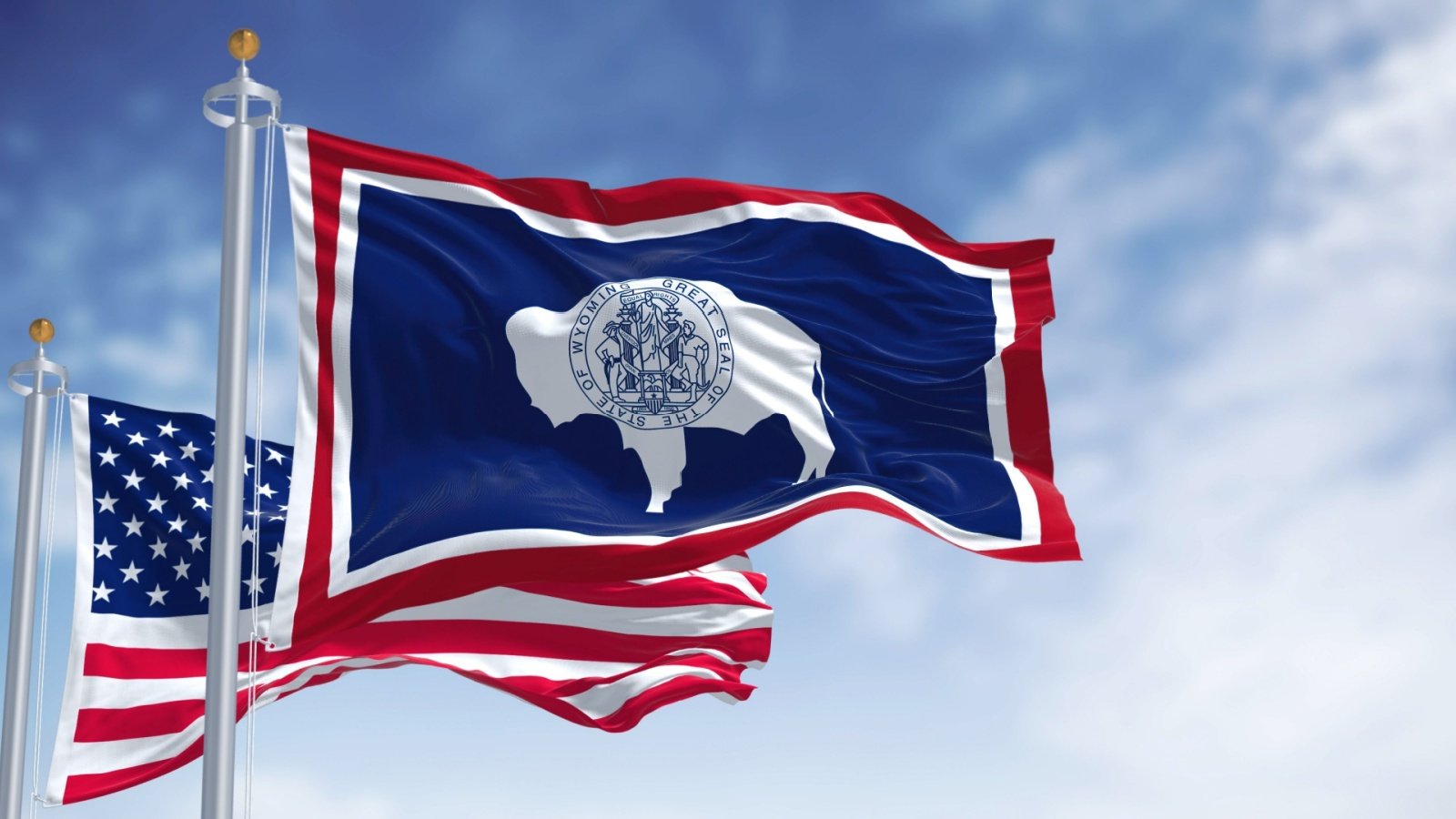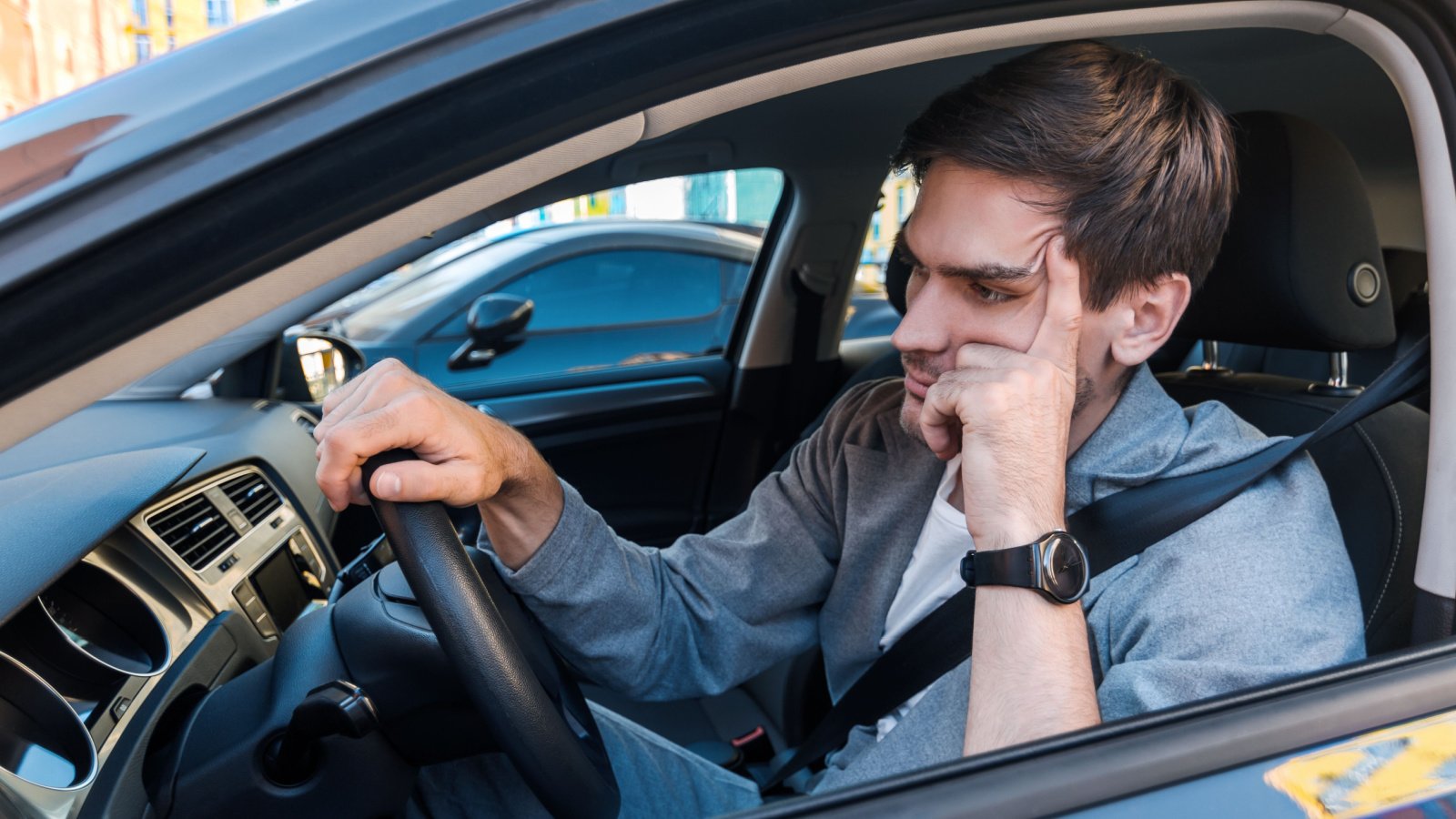In the most gun-friendly state in the nation, Republican Governor Mark Gordon of Wyoming chose to veto a bill that would dismantle existing restrictions on concealed firearms, permitting their presence in public educational settings and during government proceedings.
Rights in the Wyoming Constitution
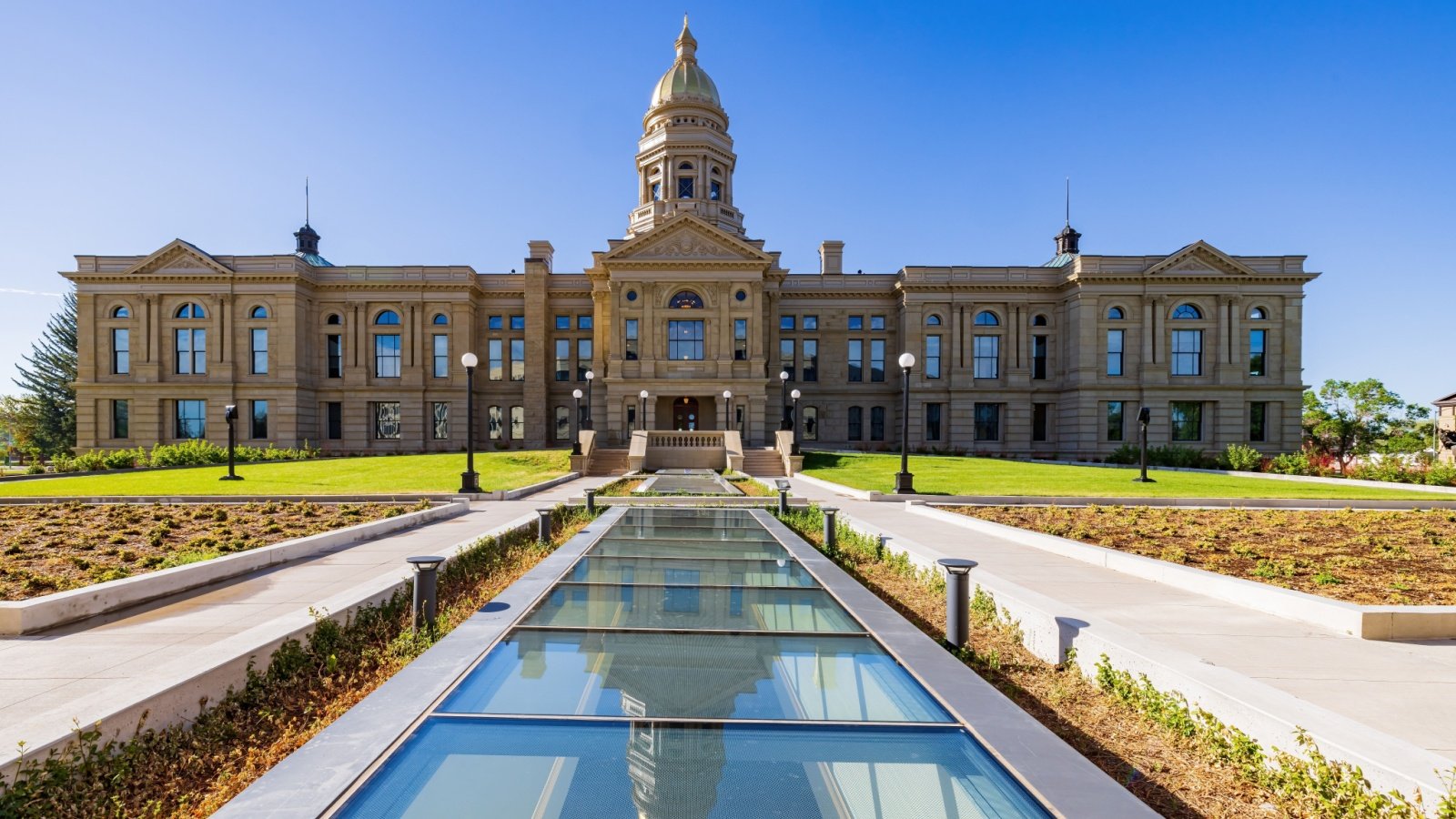
The bill aimed to broaden the rights of individuals to carry concealed weapons in traditionally restricted areas. The veto came as Governor Gordon expressed concern about how the bill would obstruct the intent of gun rights protected in the Wyoming Constitution and give state legislators more power than local government to enact reasonable policies.
The Bill’s Implications

Had it passed, the legislation would have marked a dramatic shift in Wyoming’s approach to gun control, specifically targeting gun-free zones such as schools and government meetings. The initiative aimed to broaden the rights of individuals to carry concealed weapons in these traditionally restricted areas.
Concerns Over Constitutional Boundaries

Governor Gordon, in his veto, expressed reservations about the bill’s alignment with the state constitution. He highlighted a potential overreach into the separation of powers, emphasizing that the legislation could improperly extend legislative authority over local gun regulations.
Impact on State Facilities

The vetoed bill would have imposed a requirement for state entities, including prominent institutions like the University of Wyoming and the Wyoming State Hospital, to obtain legislative approval before enacting any firearm restrictions.
Local Control and Legislative Authority

Governor Gordon underscored the bill’s challenge to the principle of local control. He argued that granting the Legislature sole jurisdiction over firearm regulations would disrupt the balance of power and infringe on local governance.
Restrictions Under the Proposed Bill

Despite its broad allowances, the bill maintained certain prohibitions. Open carry in schools and government meetings would remain off-limits, and specific locations like jails and hospitals would continue to enforce gun bans.
Broader Context: National and State Gun Laws
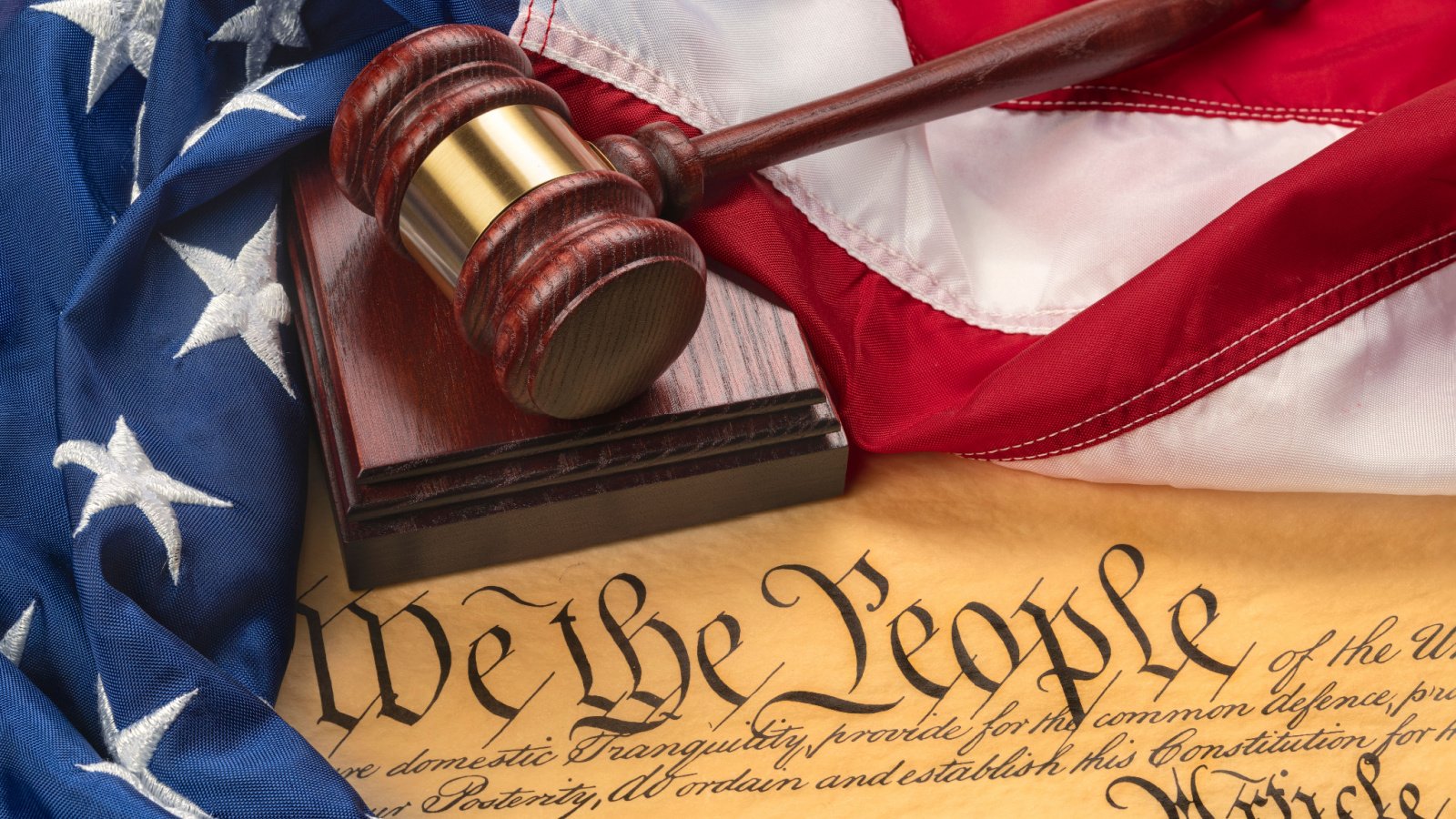
This legislation is part of a wider national conversation on gun rights and school safety. Wyoming’s debate mirrors discussions in other states over the balance between Second Amendment rights and public safety concerns.
Educational Institutions and Concealed Carry

Under the bill, concealed firearms would have been permitted in public schools and higher education institutions, with certain restrictions. However, it maintained a ban on K-12 students carrying guns on school premises.
Public Reaction and Legislative Support

The proposal garnered strong support within the Wyoming Senate, passing with a significant majority. However, it faced opposition from some lawmakers and members of the public, who questioned its necessity and potential impact on safety.
Opposition from the Education Sector
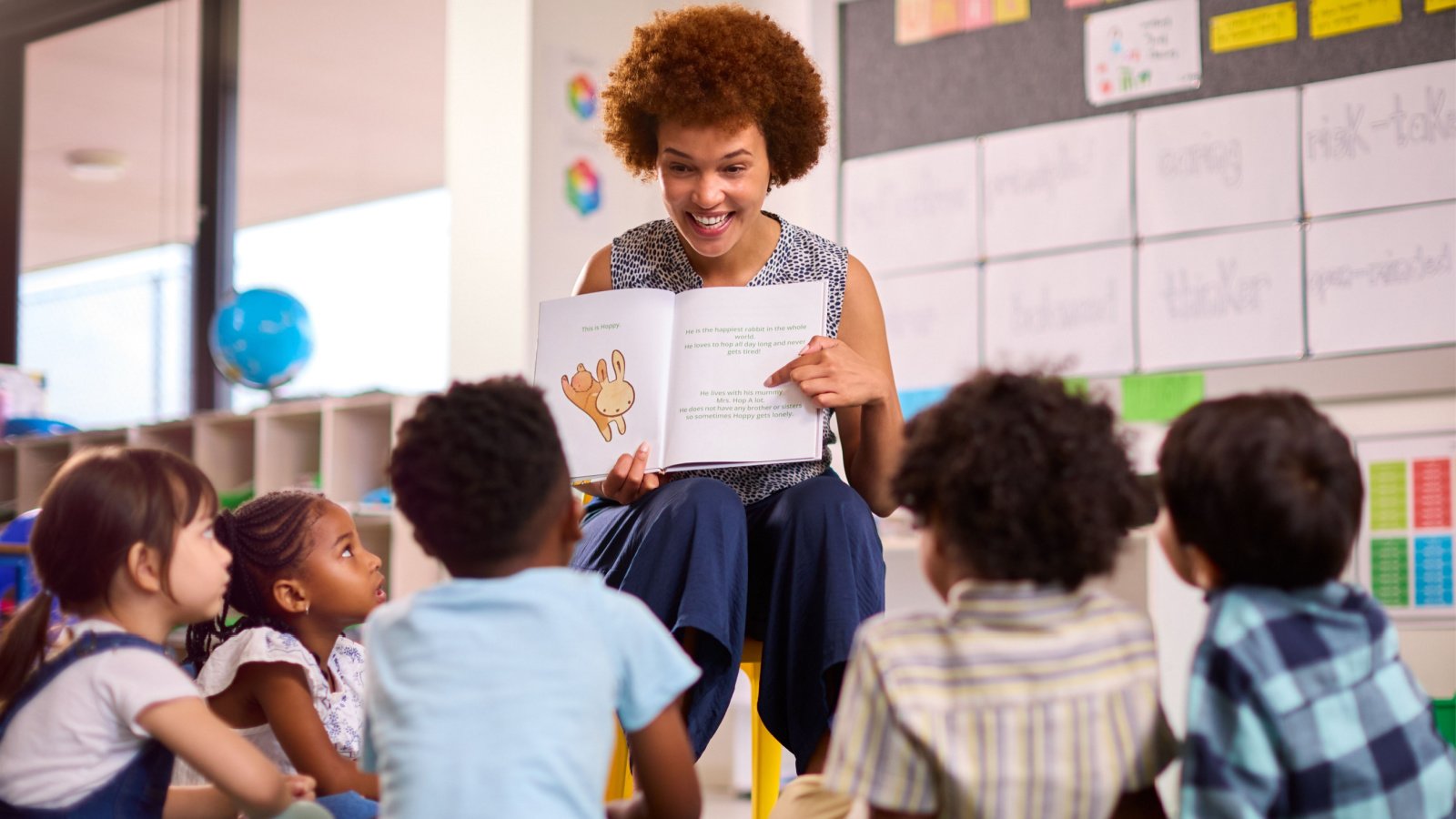
Critics, including some educators and students, voiced concerns about the introduction of firearms into school environments. They argued for maintaining gun-free zones to ensure the safety and security of educational settings.
Governor Gordon’s Broader Stance on Gun Rights

Despite vetoing this particular bill, Governor Gordon has a history of supporting gun rights. He has previously signed several other bills aimed at protecting and expanding gun ownership and carry rights within Wyoming.
Legislative Responses and Future Prospects

The veto sets the stage for further legislative debates on gun control and school safety in Wyoming. Lawmakers may consider revising the bill or exploring alternative approaches to address the concerns raised by the governor.
National Trends in Gun Legislation

Wyoming’s discussion reflects broader trends in the United States regarding the role of guns in society. States are increasingly examining their gun laws, balancing Second Amendment rights with public safety concerns.
Moving Forward

As Wyoming navigates this complex issue, the dialogue between government officials, lawmakers, educators, and the public will be crucial. The state’s efforts to reconcile individual rights with community safety will continue to shape its legislative agenda in the years to come.



